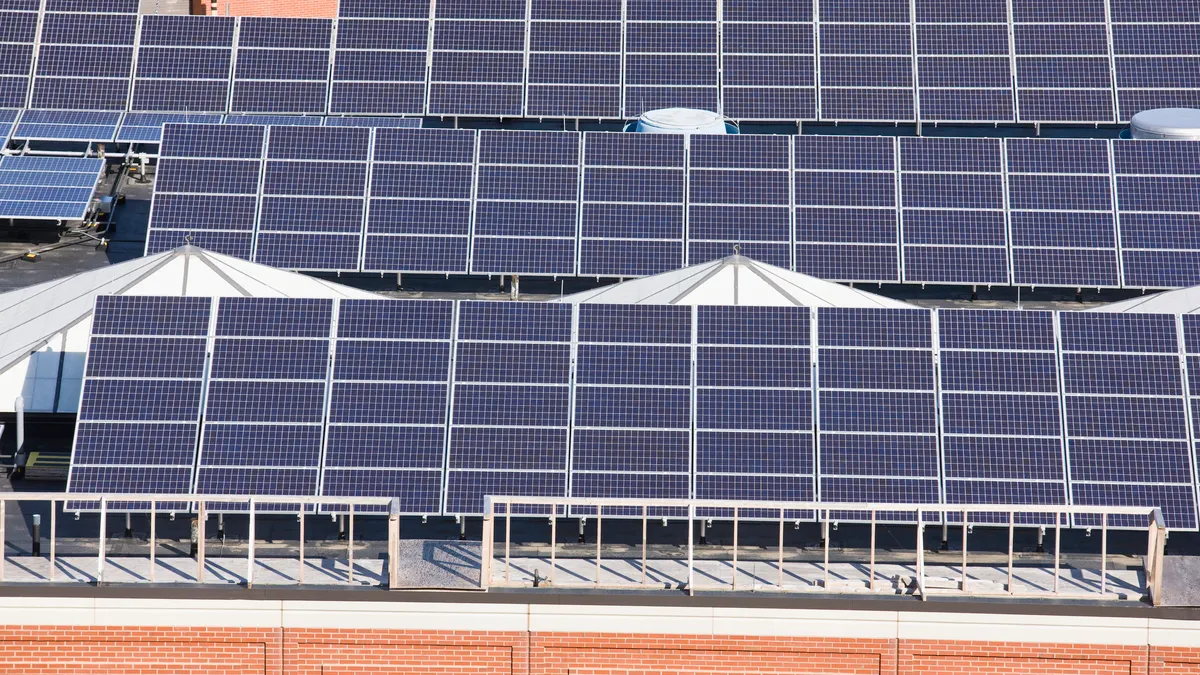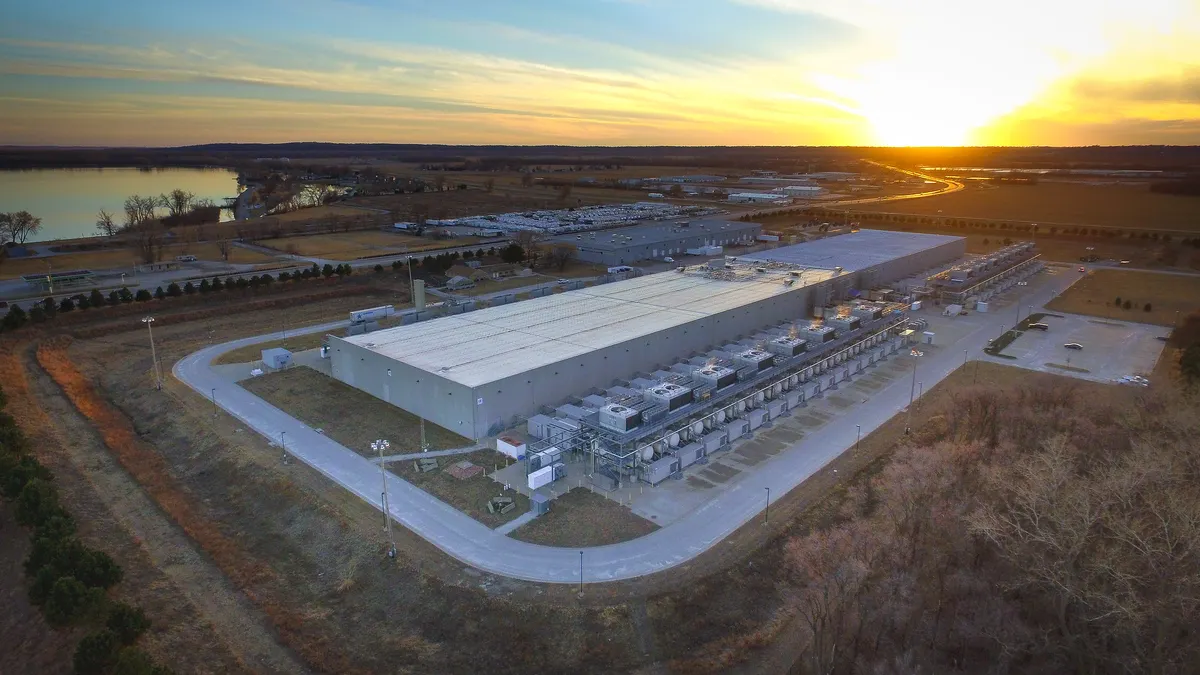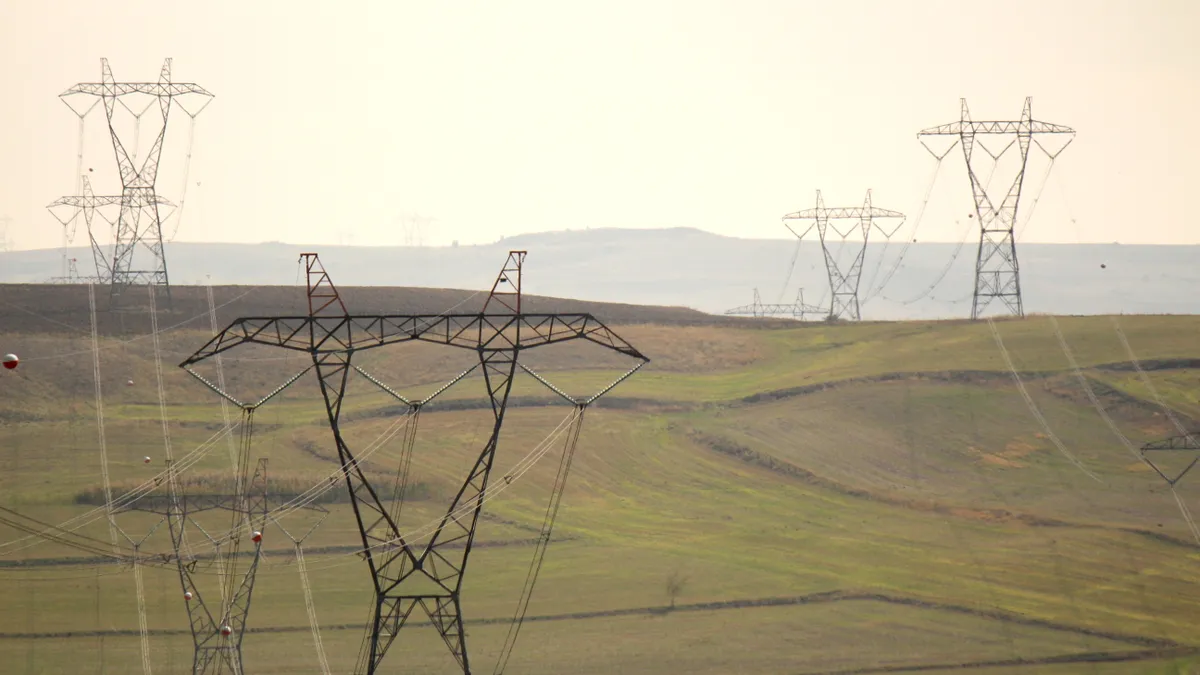Don Tappan is a partner at climate-tech investment firm Braemar Energy Ventures and serves on the board of Utilidata.
The most common definition of resilience is “the capacity to withstand or recover quickly from difficulties.” But there is a range of very different situations in which the word can be applied.
In the supply chain, retailers strengthen their resilience in the face of peak demand periods by overstocking. Manufacturers do so by overbuilding inventory. In mental health, resilience refers to a person's ability to adapt to change and uncertainty – which resonates with its meaning in the context of the modern electricity grid.
Sandia National Labs puts it this way:
“The concept of grid reliability must be augmented with a resiliency approach — one that looks at the grid not strictly as a flow of electrons but as a grid that services, interfaces with, and impacts people and societies.”
Grid resilience in the 21st century
The global energy system is experiencing a once-in-a-century transformation. The proliferation of distributed energy resources, or DERs, at the grid edge, such as solar panels, wind turbines, battery storage, combined heat and power units, EV chargers, etc., while an inevitable and necessary part of the decarbonization process, presents both challenges and opportunities for distribution utilities.
Those challenges include overload, reverse power flow, and over-/under-voltage problems, as well as the need for new planning procedures to seamlessly integrate massive amounts of DERs. At the same time, the integration of DERs can provide opportunities for improving system resilience and reliability. If carried out in a managed and intelligent way, a high penetration of DERs can lead to more flexible, reliable, and resilient distribution grids.
The unifying objective of all stakeholders in the energy ecosystem is resilience. To be truly resilient, today’s utility grid needs to become a collectively dynamic entity, based on shifting to a more intelligently managed, mesh-type (vs. radial) network architecture. In this scenario, “everything talks to everything” thanks to more information and better control systems.
Regardless of one’s perspective on preferred energy sources and power flows, a cleaner, more resilient grid is a bipartisan goal. But getting there will at times be messy.
Let’s take a look at how far we’ve come and where we’re headed.
From June 2021 to June 2022, a record amount of new utility-scale solar capacity was installed in the U.S. – a total of 17.6 GW. That brought U.S. utility-scale solar to 65.8 GW, according to the U.S. Energy Information Administration. In the first half of 2022, 24% of U.S. utility-scale electricity generation came from renewable sources. Renewables are, in fact, the fastest-growing electricity generation source in the country.
On the energy storage side, growth has been even more rapid. A record 4.8 GW of storage was installed in 2022 – nearly equal to the combined 2020 and 2021 installed capacity of 5 GW, according to the American Clean Power Association. Grid-scale installations increased by 7% year-over-year; commercial and industrial grew by 3%; and residential storage saw the strongest growth with installations up 36%. Looking ahead a few years, new storage deployments are expected to reach almost 75 GW between 2023 to 2027.
The way forward
Because many of today’s grids were designed in the last century when the share of DERs was relatively small, greater system flexibility is now essential to consistently balance supply and demand. In the face of such unprecedented DER growth, building and maintaining a truly dynamic and resilient grid will require several key elements.
Managing information. The proliferation of DERs brings with it a potential tsunami of data, including inverter signals, sensor readings, battery conditions, and distribution flows. Gaining visibility into this data, combined with advanced analytics, will enable grid operators and energy users to make better decisions. To manage a decarbonized grid, utilities will need real-time visibility and control of all operational assets, including distributed solar, electric vehicles and other DERs. With advanced grid-edge awareness and intelligence, real-time visibility and control of distributed assets is both feasible and scalable. Utilidata, for example, offers a distributed AI-based software platform to evaluate various smart inverter control strategies and understand their impact on a range of factors, including grid support, solar hosting capacity, and energy consumption. In addition, distributed energy resource management systems are powerful tools that provide real-time visibility and control of dynamic assets so utilities can manage ever-changing energy flows and situations.
Transmission capacity buildout – and permitting reform. Grid decarbonization models suggest that our transmission system will need to double in capacity or more — not necessarily twice as many lines, but twice as much capability of carrying power over distance. At the same time, a significant bottleneck for new DERs coming online is the interconnection queue. A study by Lawrence Berkeley National Laboratory reports that the amount of new electric capacity in these queues is growing dramatically, with over 2,000 GW of total generation and energy storage now seeking connection to the grid. Over 95% of this is for zero-carbon resources like solar, wind, and battery storage. Permitting reform measures now under discussion in Congress, if passed, will help ease the bottleneck.
Wider standards adoption. Grid standards enable broader certification of new DERs as well as ensure their safe operation. IEEE 1547-2018, for example, establishes interconnection requirements for smart inverters, whose advanced grid support functions can help the grid accommodate higher levels of renewable energy. In addition, newer standards are emerging that will help govern electric vehicle-to-grid power flows that will be an integral part of a more resilient grid.
To achieve true resilience we’ll need wide-scale connectivity, two-way communication, and better device integration. This means more computing power at the grid edge. It also means greater transparency and information sharing between utilities and their customers, as well as within grid operators themselves.
Leveraging information everywhere
Utilities gather a vast amount of data that is often stored in silos – inaccessible to other departments. This includes:
- Demand response program managers, who need to be informed of generation flexibility initiatives to optimize peak demand/generation profiles;
- Transmission and distribution planning departments, who need visibility into customer habits, particularly EV adoption, to optimize their capital spend and O&M planning;
- Operations teams, who need to understand asset health and performance in real time to optimize asset utilization.
The resilient grid of tomorrow will facilitate cross-functional information sharing of key data from grid edge to central planning. Beyond that, aggregating and controlling smart energy devices in homes and businesses using virtual power plant, or VPP, platforms can enable real-time responses to grid-straining events. This is already possible today.
In September 2022 during an extended heat wave in California, the state’s grid operator, the California Independent System Operator, issued multiple “Flex Alerts,” advising energy users to reduce their power consumption. In one notable response, a VPP made up of several hundred thousand intelligently controlled residential air conditioners, lowered demand by more than one gigawatt-hour, easing the burden on the grid and mitigating the emergency. In return, homeowners received monetary rewards.
VPPs that can combine the collective capacity of millions of responsive devices, including heating and cooling systems, batteries, EVs, water heaters and more, can become powerful tools for effective grid management. Their interconnectedness, fast response and flexibility are essential to effective grid management.
Conclusion
There is no single definition of resilience that applies to all situations. Within the power grid context, the term has only come into everyday use in the last decade or so – in large part because of the increase in extreme weather events.
Recognition of its importance by the industry and energy users also coincides with the rapid proliferation of behind-the-meter DERs and grid-scale renewable and storage assets. The good news is that those resources and the intelligent technologies within and connected to them, when combined with advanced analytics and controls, hold the key to enabling a more secure, robust, and truly resilient grid.






















